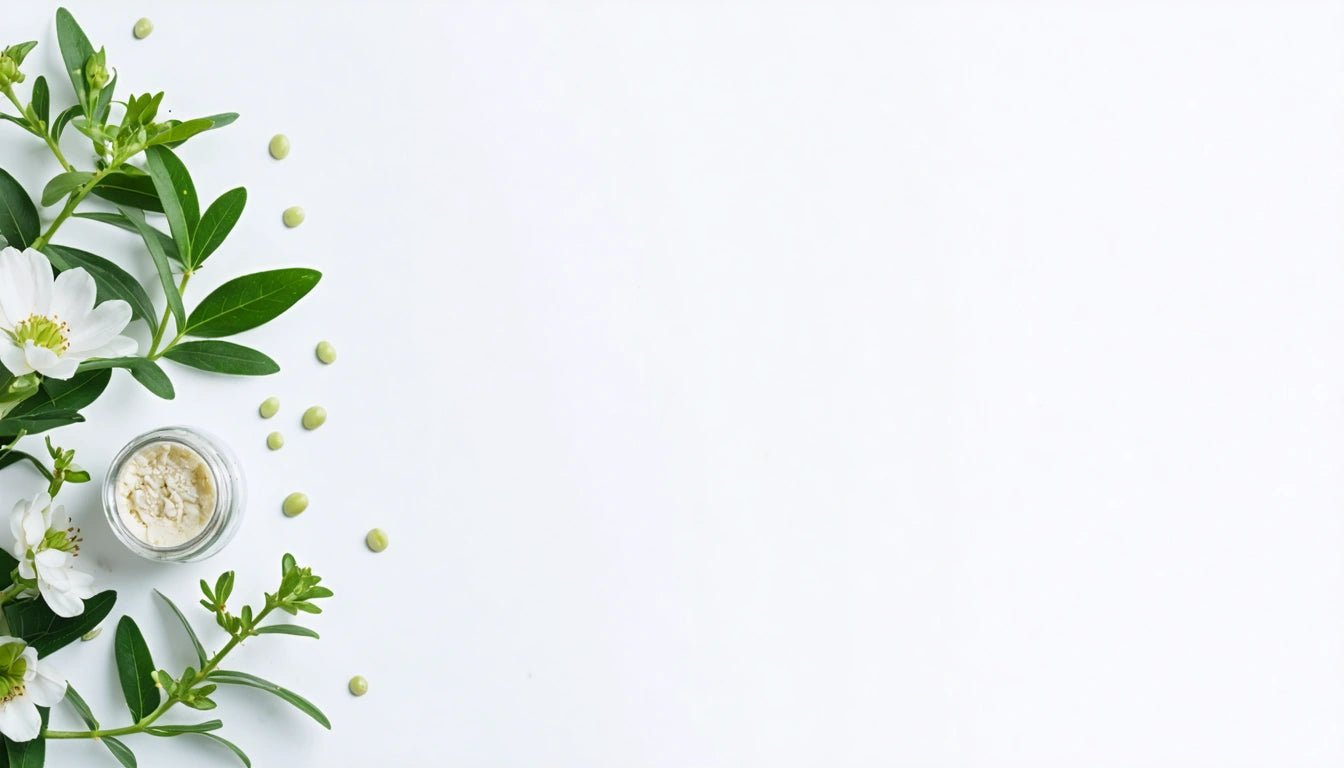Table of Contents
Understanding A&D Ointment: Uses, Benefits, and Ingredients
A&D ointment is a versatile skincare product that has been trusted by parents, medical professionals, and skincare enthusiasts for decades. This petroleum-based ointment combines vitamins A and D to create a protective barrier that promotes healing while moisturizing the skin. Understanding what A&D ointment is and how it works can help you make informed decisions about incorporating it into your skincare routine.
What is A&D Ointment: Definition and Purpose
A&D ointment is a medicated topical preparation primarily designed to treat and prevent diaper rash. However, its uses extend far beyond infant care. The ointment creates a moisture barrier that protects skin from irritants while allowing it to heal naturally. Unlike some other medicated creams, A&D ointment is generally mild enough for regular use on sensitive skin.
The name "A&D" refers to the two primary active vitamins in the formulation: vitamin A (retinyl palmitate) and vitamin D (cholecalciferol). These vitamins work synergistically to promote skin health and accelerate healing processes.
Key Ingredients in A&D Ointment
Primary Active Components
The standard formulation of A&D ointment contains several key ingredients:
- Petrolatum (petroleum jelly) - Creates a protective barrier
- Lanolin - Provides moisturizing properties
- Vitamin A (retinyl palmitate) - Promotes cell regeneration
- Vitamin D (cholecalciferol) - Supports skin repair
- Fragrance - Varies by brand
- Preservatives - To maintain shelf stability
The petrolatum base makes up the majority of the product, typically comprising 68-72% of the formulation. This high concentration allows the ointment to create an effective moisture barrier. For those interested in understanding more about similar skincare ingredients, this comprehensive guide on lotion ingredients provides valuable context.
Benefits and Common Uses
Skin Protection Applications
A&D ointment offers numerous benefits for skin health:
- Treats and prevents diaper rash
- Soothes minor cuts, scrapes, and burns
- Relieves chapped, chafed, or cracked skin
- Protects tattoos during healing
- Moisturizes extremely dry skin
- Creates a barrier against wetness and irritants
Beyond these common applications, many people have discovered alternative uses for A&D ointment. Some dedicated skincare enthusiasts apply it to their lips as an overnight treatment or use it to tame unruly eyebrows and cuticles.
Application Methods and Best Practices
For optimal results when using A&D ointment:
- Clean the affected area thoroughly with mild soap and water
- Pat the skin dry gently with a clean towel
- Apply a thin layer of ointment to the affected area
- Reapply as needed, particularly after bathing or diaper changes
- For diaper rash, allow the baby's skin to air dry before applying
When using A&D ointment for tattoo aftercare, apply a very thin layer 2-3 times daily after gently washing the area. Always follow your tattoo artist's specific aftercare instructions, as they may vary.
Alternatives and Complementary Products
While A&D ointment is effective for many skin conditions, several alternatives exist:
- Aquaphor - Similar petroleum-based healing ointment
- Vaseline - Pure petroleum jelly without added vitamins
- Desitin - Contains zinc oxide, specifically formulated for diaper rash
- Coconut oil - Natural alternative with antimicrobial properties
- Shea butter - Plant-based moisturizer for dry skin
Each alternative offers slightly different benefits. For example, products containing zinc oxide provide stronger protection against wetness, while natural oils may be preferred by those seeking plant-based options. For those interested in natural alternatives, this guide to DIY body lotions and oils offers several recipes that can complement or substitute for commercial ointments.
DIY Options and Natural Alternatives
For those interested in creating their own skin-protective formulations, several DIY options exist that mimic some of the beneficial properties of A&D ointment:
- Calendula-infused olive oil with beeswax
- Shea butter and coconut oil blend with vitamin E
- Aloe vera gel mixed with jojoba oil
These homemade alternatives can be customized to address specific skin concerns. For inspiration and detailed recipes, explore these DIY personal care oil recipes that can be adapted for various skin conditions.
Future Applications and Emerging Research
Recent research into skin barrier function continues to validate the importance of occlusive agents like those found in A&D ointment. Scientists are exploring enhanced formulations that combine traditional ingredients with newer compounds like ceramides and hyaluronic acid to improve efficacy.
Additionally, there's growing interest in developing more sustainable and environmentally friendly alternatives to petroleum-based products. Plant-derived occlusives that provide similar barrier protection without relying on petroleum are being researched and developed.
For those concerned about ingredient safety and efficacy, staying informed about developments in skincare science is important. The basic principles behind A&D ointment's effectiveness, however, remain sound: creating a protective barrier that allows the skin to heal while providing essential vitamins supports optimal skin health and recovery.



















